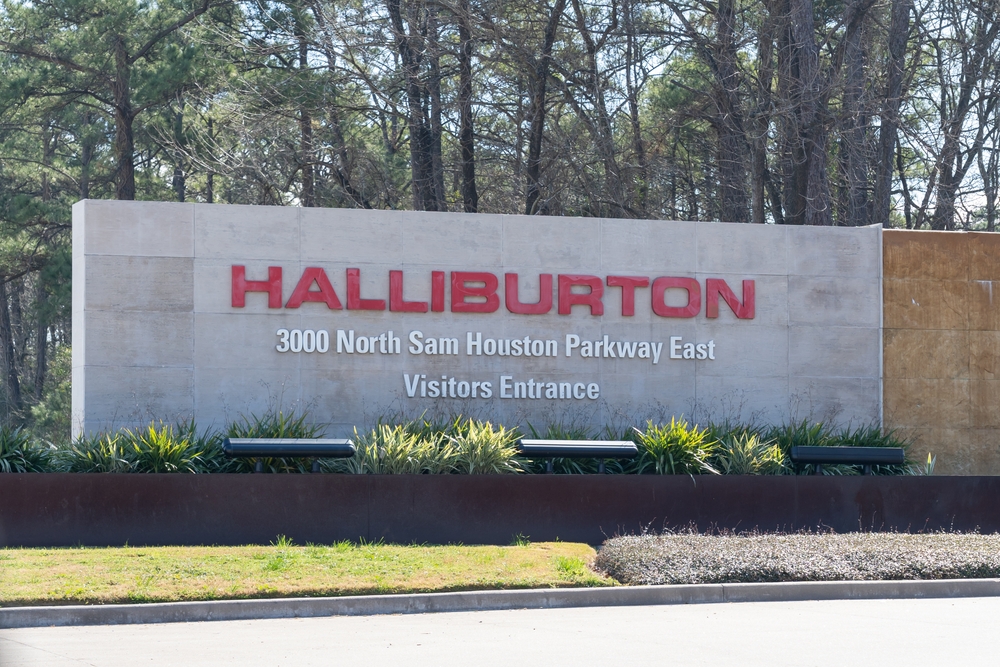Halliburton Stock: Is HAL Underperforming the Energy Sector?

Houston, Texas-based Halliburton Company (HAL) provides energy, engineering, and construction services and manufactures products for the energy industry. Valued at $19.1 billion by market cap, the company offers services and products and integrated solutions to customers in exploration, development, and production of oil and natural gas.
Companies worth $10 billion or more are generally described as “large-cap stocks,” and HAL perfectly fits that description, with its market cap exceeding this mark, underscoring its size, influence, and dominance within the oil & gas equipment & services industry. HAL excels in the oil and gas sector with its diverse service offerings, global presence, and innovative technologies that drive operational efficiency and cost reduction. Its strong brand reputation, built over years, further solidifies its market position.
Despite its notable strength, HAL slipped 40.7% from its 52-week high of $37.08, achieved on Jul. 18, 2024. Over the past three months, HAL stock declined 11.1%, underperforming the Energy Select Sector SPDR Fund’s (XLE) 1.4% decline during the same time frame.

In the longer term, shares of HAL dipped 19.2% on a YTD basis and fell 36.4% over the past 52 weeks, considerably underperforming XLE’s YTD gains of 1.1% and 3.3% drop over the last year.
To confirm the bearish trend, HAL has been trading above its 200-day moving average over the past year, with minor fluctuations. Despite the negative price momentum throughout the year, the stock has started trading above its 50-day moving average recently.

HAL’s underperformance is due to management’s caution regarding the impact of trade tensions on upstream customers and drilling plans. CEO Jeff Miller warned of potential declines in the coming quarters due to increased tariffs and higher prices for steel and aluminum.
On Apr. 22, HAL shares closed down more than 5% after reporting its Q1 results. Its adjusted EPS of $0.60 matched Wall Street expectations. The company’s revenue was $5.4 billion, topping Wall Street forecasts of $5.3 billion.
In the competitive arena of oil & gas equipment & services, Baker Hughes Company (BKR) has taken the lead over HAL, showing resilience with a 5.8% downtick on a YTD basis and 19.8% gains over the past 52 weeks.
Wall Street analysts are moderately bullish on HAL’s prospects. The stock has a consensus “Moderate Buy” rating from the 25 analysts covering it, and the mean price target of $29.62 suggests a potential upside of 34.8% from current price levels.
On the date of publication, Neha Panjwani did not have (either directly or indirectly) positions in any of the securities mentioned in this article. All information and data in this article is solely for informational purposes. For more information please view the Barchart Disclosure Policy here.